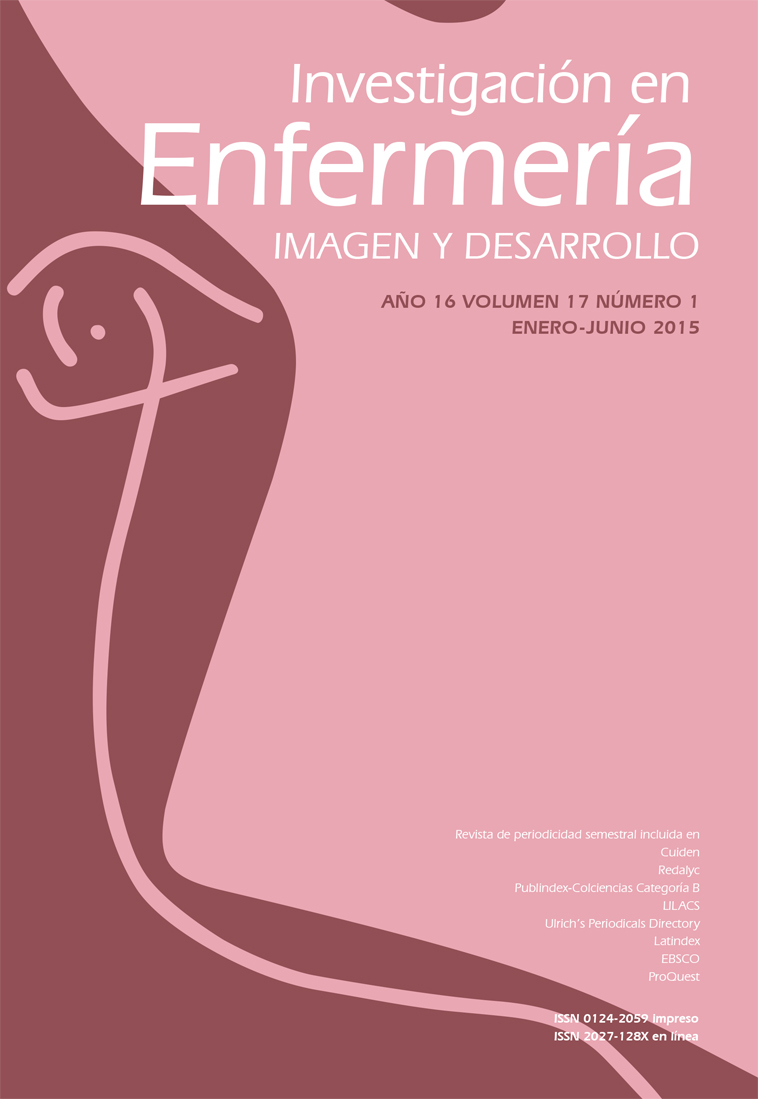Resumo
No processo de pintura automotiva, metalurgia, marcenaria e construção, váriassubstâncias químicas que geram compostos orgânicos voláteis (COV) são usadosque causam efeitos adversos na saúde humana, que estão relacionadas com o graude toxicidade do produto químico e o tempo de exposição. O objetivo era fazer comque a descrição da hierarquia de controles em frente ao perigo químico, exposição acompostos orgânicos voláteis nas indústrias mencionadas acima, a fim de orientaras partes interessadas na implementação de medidas no ambiente de trabalho e doindivíduo, que levam a uma condução segura e ajudar a mitigar os efeitos adversosdecorrentes da utilização de compostos orgânicos voláteis. A metodologia foi baseadana coleta e análise de informações sobre higiene industrial e saúde no trabalhode organizações como a Conferência Americana de Higienistas Industriais, InstitutoNacional de Segurança e Saúde Ocupacional, Occupational Safety and Health Administration,Agência Internacional para Pesquisa em Câncer, American NationalStandards Institute, entre outros. Como resultado, 107 substâncias químicas comoos principais componentes dos produtos utilizados no processo de pintura, dos quais59 são compostos orgânicos voláteis, 12 estão em incluídos nos grupos 1 e 2 AgênciaInternacional para Pesquisa em Câncer, 24 têm TLV abaixo identificado 100 ppm e19 de mentir sobre esse valor, segundo o qual as intervenções controles de nível desubstituição, engenharia e administrativas necessárias.A revista Investigación en Enfermería. Imagen y Desarrollo encontra-se registada sob a licencia Creative Commons Versão 4.0 Internacional. Portanto, esta obra pode se reproduzir, distribuir e comunicar publicamente em formato digital, sempre que dado o crédito apropriado para os autores e a Pontificia Universidad Javeriana. Permite-se citar, adaptar, remixar, transformar, autoarquivar, republicar e criar a partir do material, para qualquer fim, mesmo que comercial, sempre que indicado apropriadamente o nome do criador, provido um link para a obra original e indicado se mudanças foram feitas. A Pontificia Universidad Javeriana não retém os direitos sobre as obras publicadas e os conteúdos são responsabilidade exclusiva dos autores, os quais conservam seus direitos morais, intelectuais, de privacidade e publicidade.
O aval sobre a intervenção da obra (revisão, correção, edição, tradução, formatação) e a subsequente difusão disponibiliza-se através de licença de uso e não através de transmissão de direitos, o que representa que a revista e a Pontificia Universidad Javeriana são isentas de qualquer responsabilidade que puder se derivar de uma prática ética pobre por parte dos autores. Em consequência da proteção fornecida pela licença de uso, a revista não fica na obrigação de publicar retratações ou alterar informações já publicadas, a não ser que a errata seja decorrente do processo de gestão editorial. A publicação de conteúdos nesta revista não representa royalties para os contribuintes.


